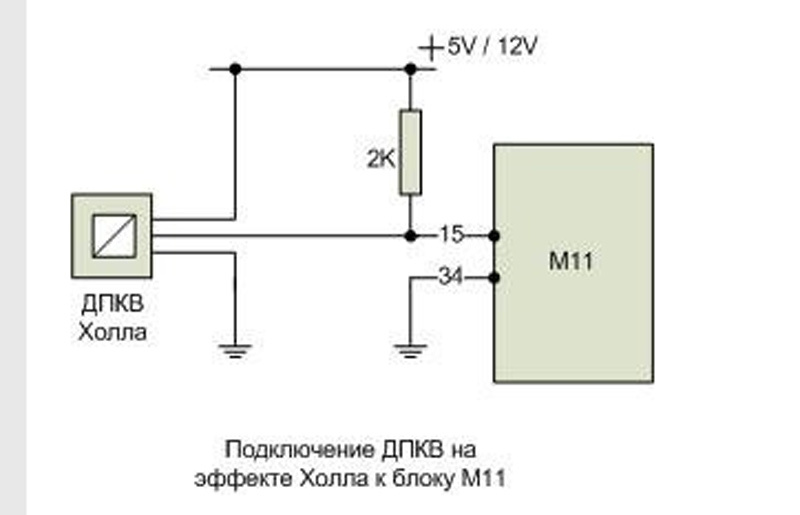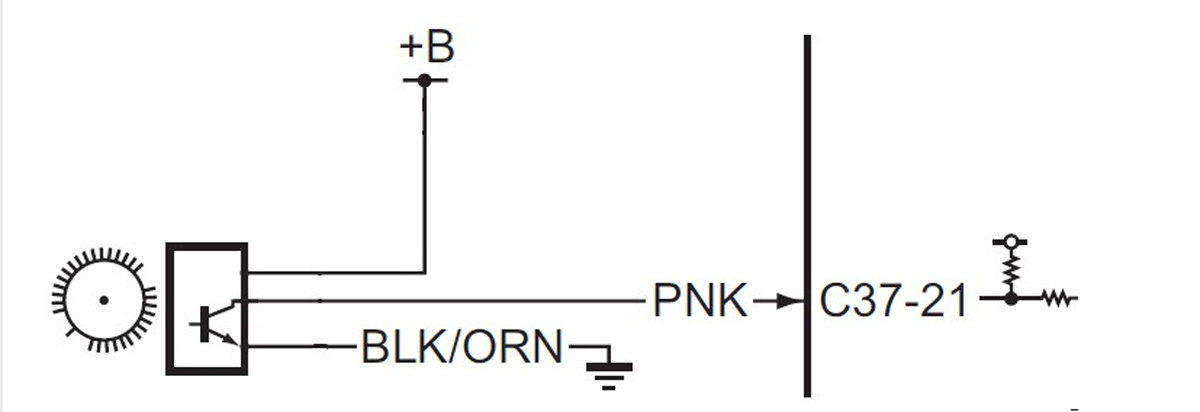Answer the question
In order to leave comments, you need to log in
How do these two sensors work?
Why is it fed like that?
I assume that the sensor works on the principle of potential difference or what?
And how will a passing tooth cause this current to start flowing? 
And how does the metal passing by the sensor (not a magnet) open the transistor and where is the 12 volt power connected here?
Here, the control unit fixes the signal at the moment when the current begins to flow from the control unit to the ground? 
And which one is used for what purposes (or where) or is there no difference in them?
Answer the question
In order to leave comments, you need to log in
if it is clumsy, then the sensor takes power from + and -
the third output, when the magnet is brought up, is shorted to the ground, regardless of external connections. in the circuit, a high potential is applied to this output, respectively, when triggered, the potential drops to conditional zero, which is fixed by the controller.
a hall sensor or a "metal presence" sensor is the same for the user, but it is better to use a hall sensor.
Didn't find what you were looking for?
Ask your questionAsk a Question
731 491 924 answers to any question